Natural Convection In a Narrow Annulus CFD Simulation, ANSYS Fluent Training
Natural Convection In a Narrow Annulus CFD Simulation, ANSYS Fluent Training
- Upon ordering this product, you will be provided with a geometry file, a mesh file, and an in-depth Training Video that offers a step-by-step training on the simulation process.
- For any more inquiries regarding the product, please do not hesitate to reach out to us at info@CFDLAND.com or through our online support assistant.
€100 Original price was: €100.€80Current price is: €80.
Natural convection heat transfer within annular geometries presents significant relevance across numerous engineering applications. This fundamental thermal-fluid phenomenon is extensively utilized in electrical equipment cooling, transformer thermal management, nuclear reactor core safety systems, and various heat exchange apparatuses. The cylindrical annulus configuration represents one of the most prevalent geometries encountered in thermal management systems, including industrial heat exchangers and nuclear fuel assemblies. Given its widespread implementation, this thermal transport mechanism has attracted considerable research attention from the scientific community. Motivated by these practical applications, our study employs Computational Fluid Dynamics (CFD) techniques to investigate natural convection behavior in a narrow annular space. This simulation aims to provide valuable insights into the complex buoyancy-driven flow patterns and heat transfer characteristics that develop in these confined cylindrical domains. All of this pushed us to conduct a CFD study on the simulation of a narrow annulus based on the reference paper “ Experimental and numerical analyses of natural convection flow in a partially heated vertical annulus.”
- Reference [1]: Husain, Shahid, and M. Altamush Siddiqui. “Experimental and numerical analyses of natural convection flow in a partially heated vertical annulus.” Numerical Heat Transfer, Part A: Applications7 (2016): 763-775.
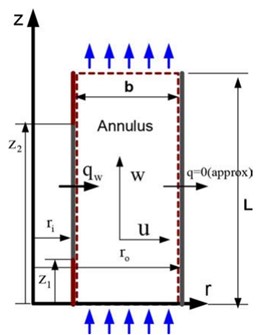
Figure 1: Computational geometry [1]
Simulation Process
The computational geometry considered here is the same as the experimental setup. The only slight difference is about adopting axisymmetric space. This simulation features a structured grid. The nature of natural convection requires several considerations. On top of it, the Boussinesq model with a proper thermal expansion coefficient value can facilitate the mechanism.
Post-processing
The temperature contours and velocity profiles in the narrow annulus clearly show how natural convection works in this confined space. Looking at the first image, we can see a temperature gradient ranging from 291K (blue) to 302K (red) across the small gap between the cylinders. This confirms that heat moves from the warmer inner wall to the cooler outer wall. The X-velocity plot reveals fluid movement with speeds between 0.01 and 0.1 units, with the highest velocities (red area) occurring near the center of the annular gap. This pattern shows the classic convection loop where heated fluid rises along the hot wall and falls along the cooler wall, creating a continuous flow without any external forces.
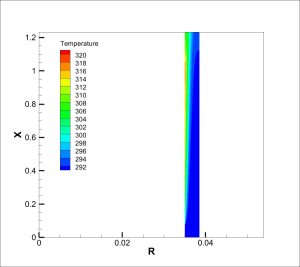
Figure 2: Temperature field in annulus
The local Nusselt number graph provides important information about heat transfer efficiency along the height of the annulus. We can see that the Nusselt number starts high (around 9.3) near the bottom (at position 0.1) and steadily decreases to about 3.6 at the top (position 1.2). This means heat transfer is most effective at the bottom of the annulus where fresh cold fluid first contacts the hot surface. As the fluid rises and warms up, its ability to remove heat decreases. This declining heat transfer rate is typical in natural convection systems and explains why the upper portions of the annulus show less effective cooling. This information helps engineers design better cooling systems by possibly placing critical components near the bottom of such enclosures.

Figure 3: Local Nusselt number along the annulus
We pride ourselves on presenting unique products at CFDLAND. We stand out for our scientific rigor and validity. Our products are not based on guesswork or theoretical assumptions like many others. Instead, most of our products are validated using experimental or numerical data from valued scientific journals. Even if direct validation isn’t possible, we build our models and assumptions on the latest research, typically using reference articles to approximate reality.
Yes, we’ll be here . If you have trouble loading files, having technical problems, or have any questions about how to use our products, our technical support team is here to help.
You can load geometry and mesh files, as well as case and data files, using any version of ANSYS Fluent.
€360 Original price was: €360.€185Current price is: €185.

€190 Original price was: €190.€125Current price is: €125.

€240 Original price was: €240.€175Current price is: €175.

€265 Original price was: €265.€135Current price is: €135.

€245 Original price was: €245.€199Current price is: €199.

€245 Original price was: €245.€185Current price is: €185.


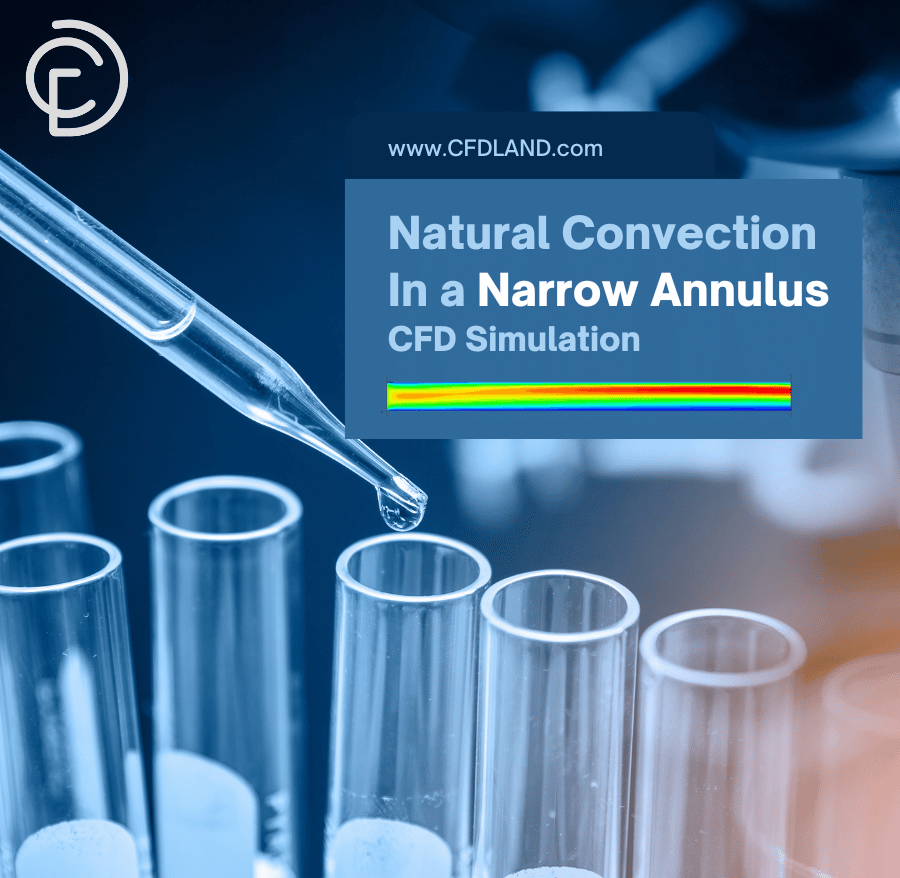
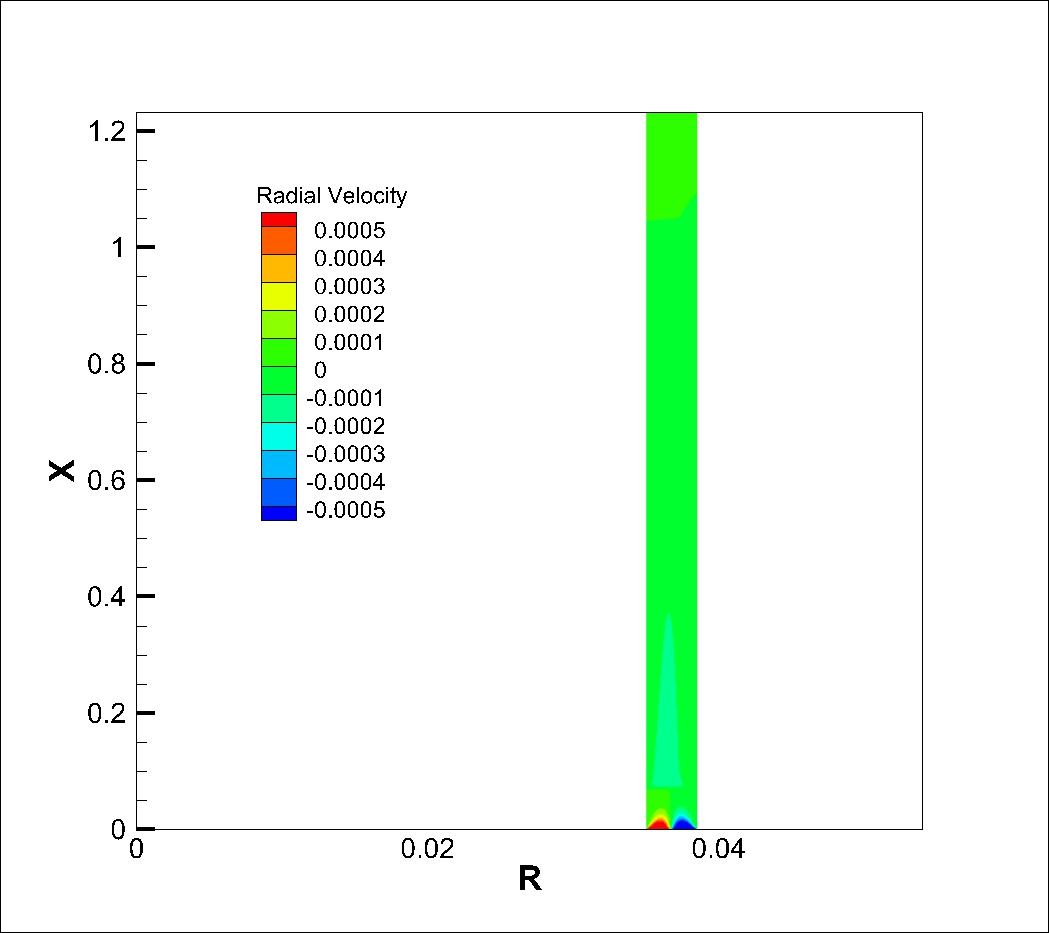
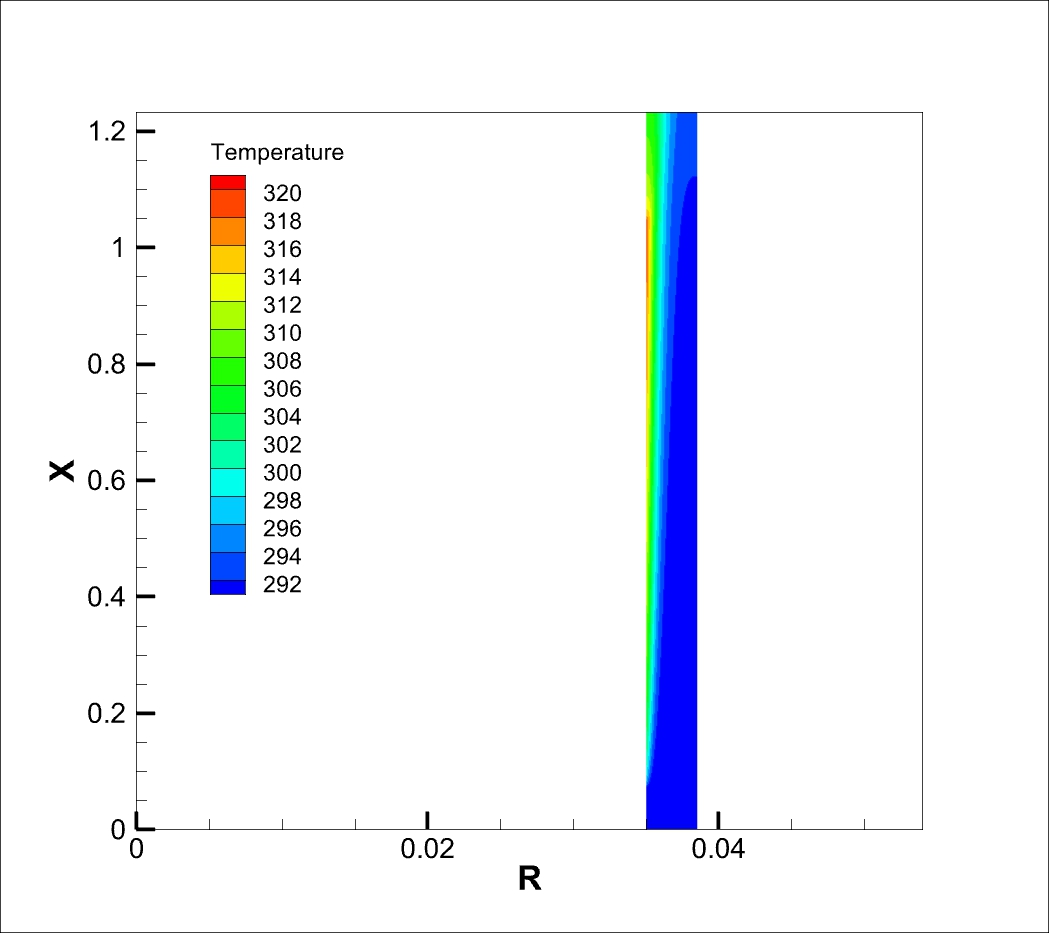
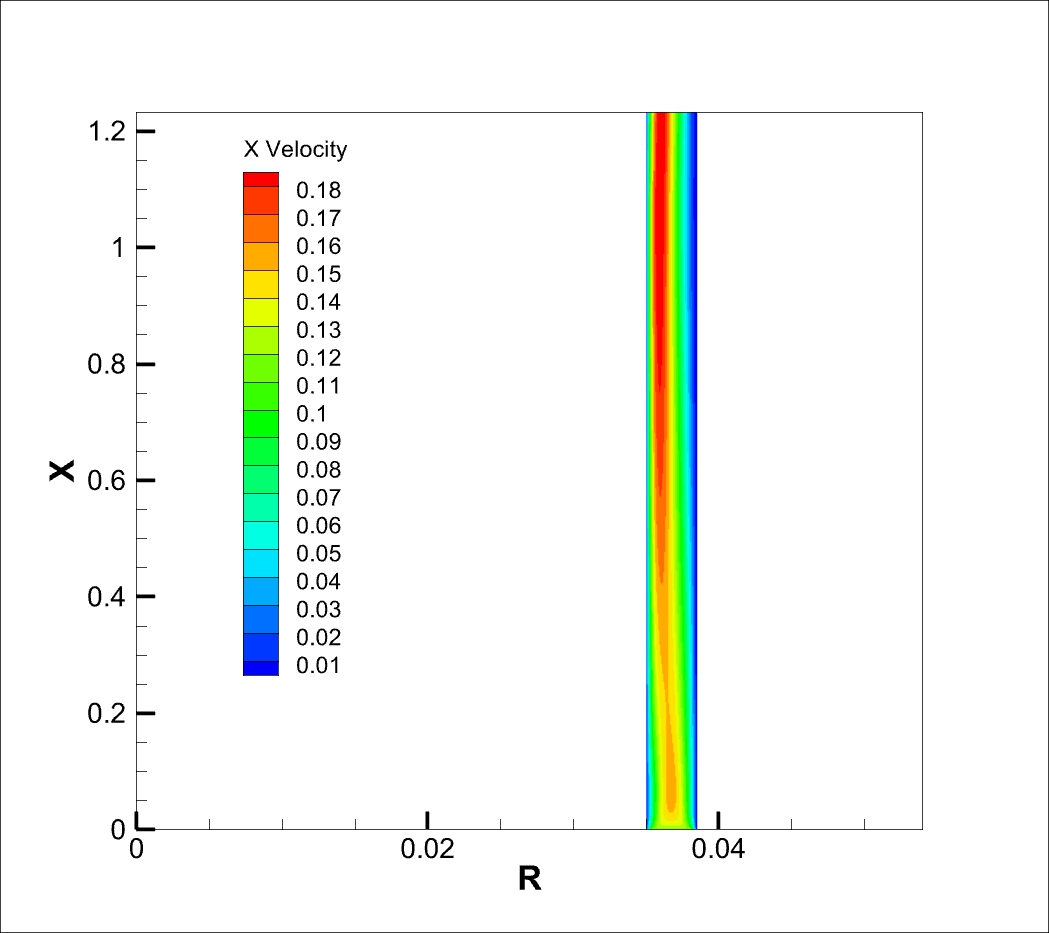





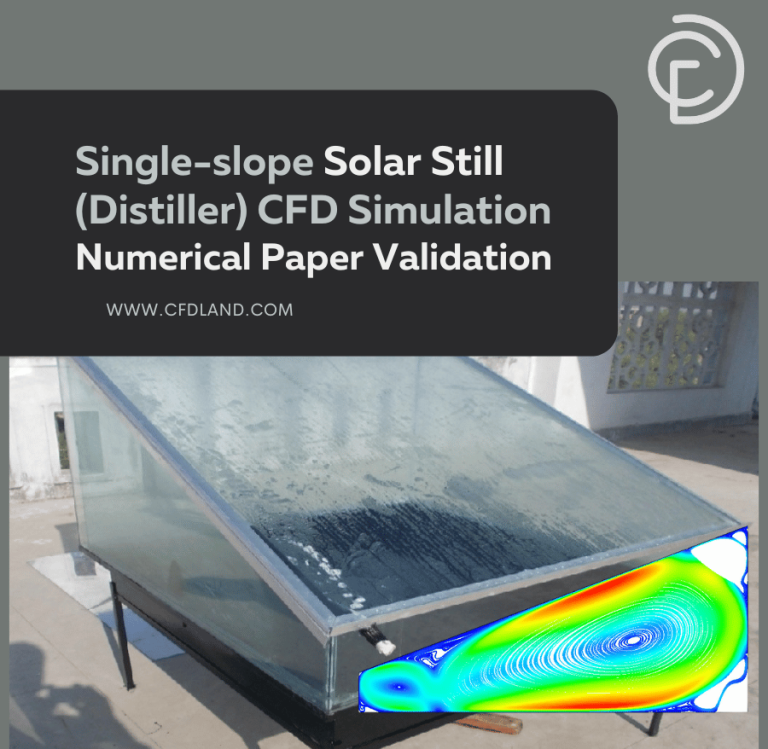
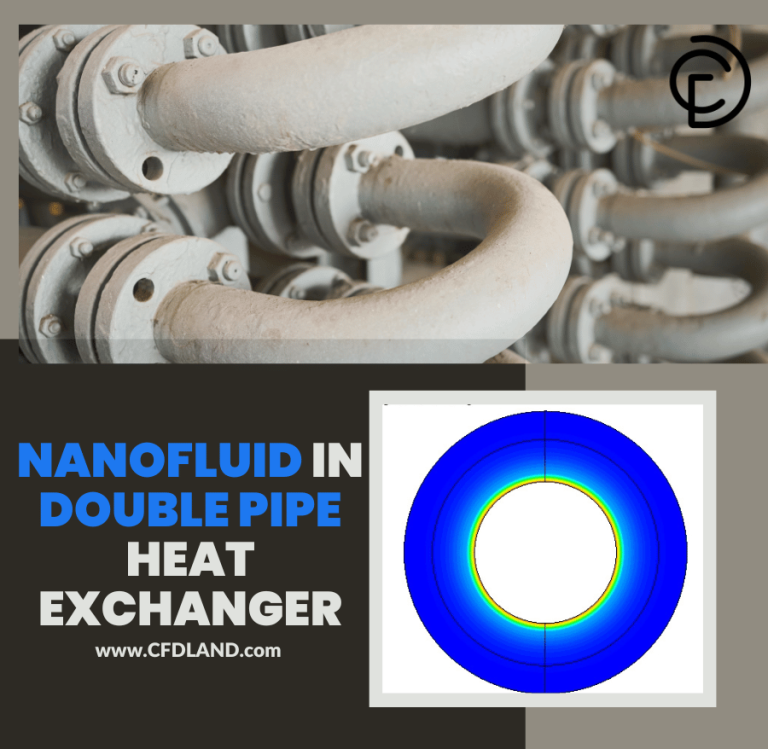


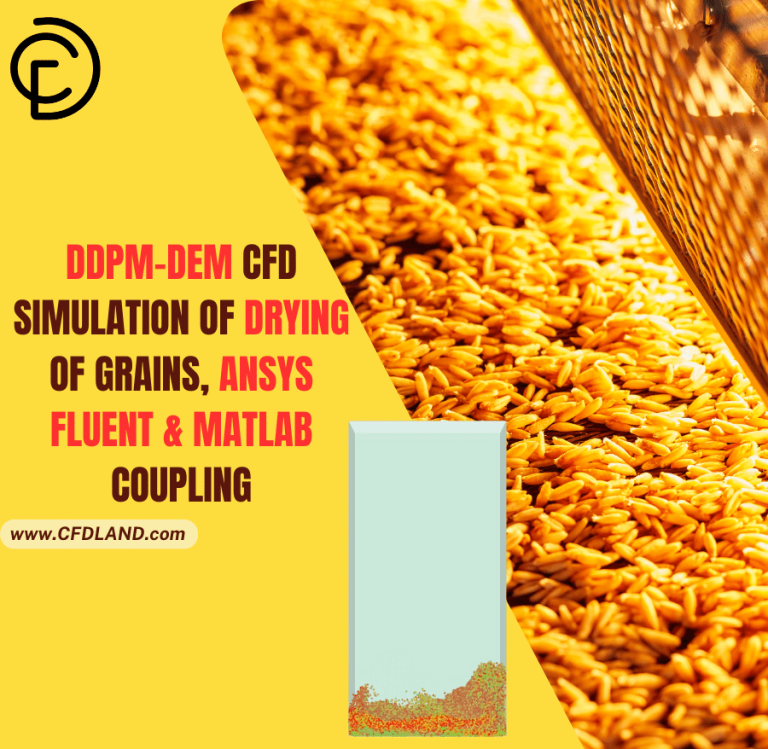

Reviews
There are no reviews yet.